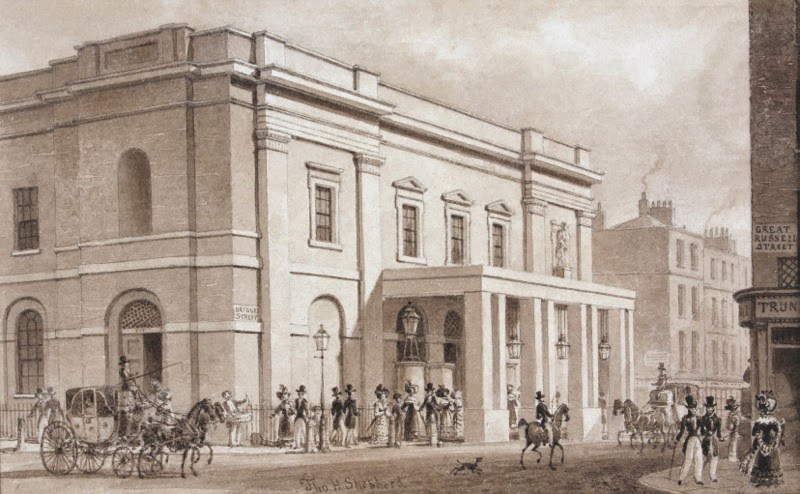The Encyclopedia of the Gothic - Review

“Infinity made imaginable.” A review of The Encyclopedia of the Gothic (2016), edited by William Hughes, David Punter and Andrew Smith. Wiley-Blackwell. ISBN: 978-1-119-06460-2. (880 pages). The general editors (William Hughes, David Punter and Andrew Smith) begin their Introduction to The Encyclopedia of the Gothic by employing the now well-known story of the Chinese encyclopedia, popularized by Jorge Luis Borges and by Michel Foucault in The Order of Things (1970). Although they choose to employ the definite article in their chosen title, their enlightened emphasis on ‘provisionality’ hints at the struggle with the ‘epistemologically firm structure of an encyclopedia’ (p. xxxiv). Indeed, the evidence of diversity and the proliferation of resources [FN1] on gothic appears to challenge the possibility of constructing an encyclopedia in fixed media. Fortunately, the online version will provide an opportunity to interact with the suggestions of ...


